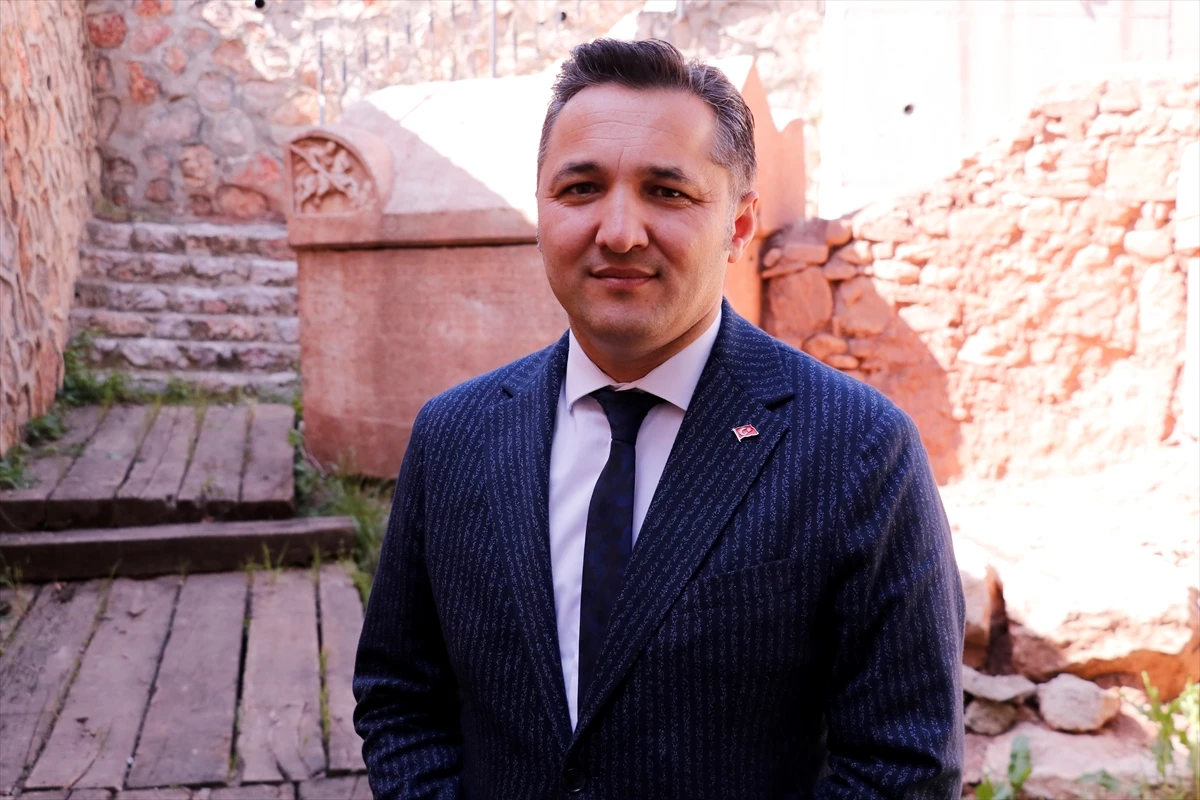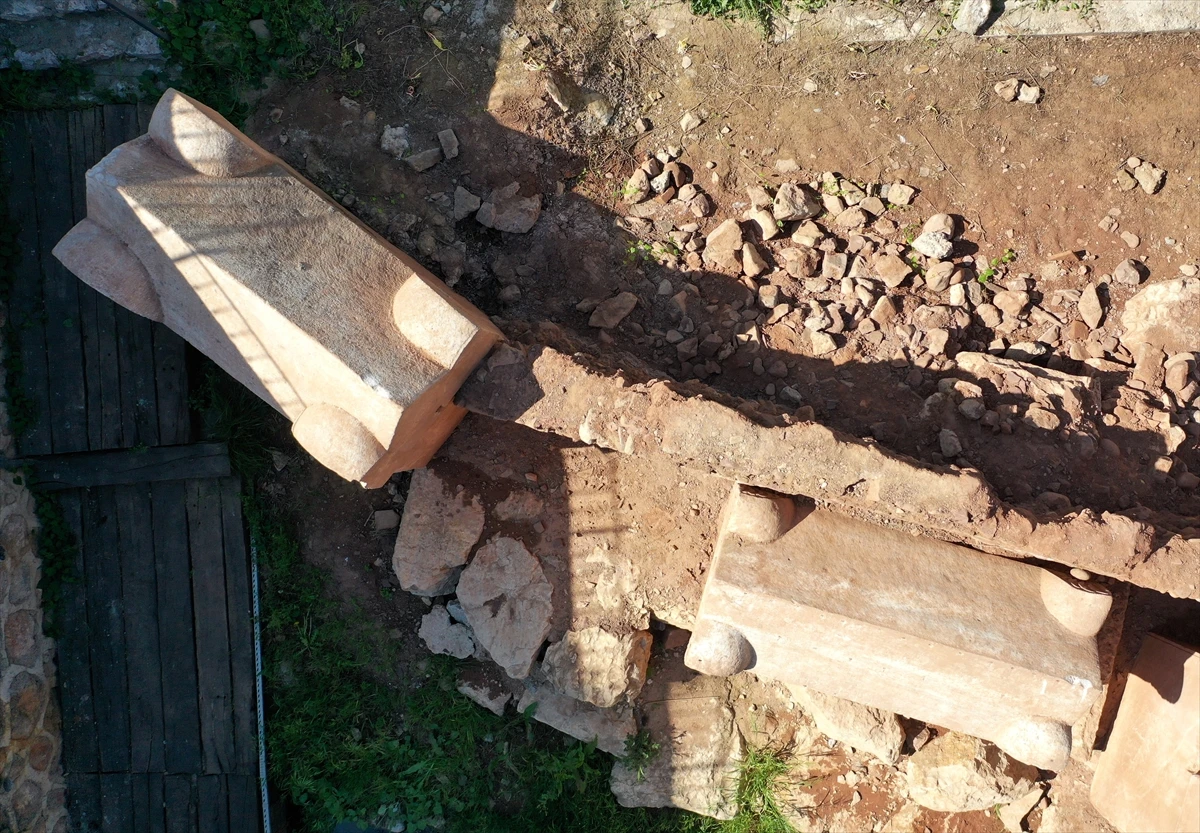Meet Anatolia’s Tziampo: Forgotten bodyguard of Roman emperors
 A sarcophagus bearing the Latin inscription "Tziampo protector divini lateris," meaning "Tziampo, protector of the imperial side," was found among the sarcophagi in Nicomedia, Kocaeli, Türkiye, April 29, 2022. (AA Photo)
A sarcophagus bearing the Latin inscription "Tziampo protector divini lateris," meaning "Tziampo, protector of the imperial side," was found among the sarcophagi in Nicomedia, Kocaeli, Türkiye, April 29, 2022. (AA Photo)
In April 2017, during foundation work on a construction site belonging to ISU General Directorate (Izmit Water and Sewerage Administration) in the district of Izmit, Kocaeli Province, a significant archaeological discovery came to light. The find revealed remnants of ancient material culture in a city once known as Nicomedia — the only city in Anatolia, besides Istanbul, to serve as the capital of the Roman Empire for 46 years.
This prompted an urgent rescue excavation under the direction of the Kocaeli Museum Directorate, unearthing a Roman necropolis with historical treasures buried for centuries.

A Roman necropolis yields unexpected riches
Between 2017 and 2019, archaeologists uncovered a burial ground enclosed by a necropolis wall. The site yielded five stone sarcophagi (one without an inscription), 51 tile graves, and two amphora burials. In total, researchers recovered 99 coins, 12 terracotta artifacts, 8 glass pieces, 2 metal items, 2 stone objects, and a bronze idol.
The necropolis lies approximately 700 meters from the city gate and is situated on a terraced elevation 6–8 meters above sea level. The stonework of the necropolis wall reflects the architectural style of the Late Roman period, measuring around 11 meters in length and 60–80 centimeters in width.

Grave of a Roman imperial guard discovered
Among the sarcophagi, one stood out for its Latin inscription, offering vital insight into the life of a high-ranking Roman soldier named Tziampo. He held the prestigious title protector divini lateris, meaning “guardian of the imperial flank” — a position reserved for the elite protectors of emperors Diocletian or Constantine I.
Tziampo’s sarcophagus, likely commissioned during his lifetime, was dedicated to himself, his unnamed wife, and his son Severus. However, only the remains of Tziampo and his wife were found inside. The absence of Severus’s remains suggests that the tomb was never used by him.

A glimpse into an unknown Roman province
The inscription on Tziampo’s tomb also makes a groundbreaking reference to the “Pieucens Region” within the Roman province of “Dacia Minor.” This is the first-ever historical documentation of the Pieucens — a previously unknown district — significantly enriching our understanding of Roman provincial geography.
Tziampo hailed from Dacia, in present-day Romania, and represents a well-documented example of the high-ranking Roman military personnel frequently stationed in the Bithynia region during Late Antiquity.

A career of distinction in the Roman army
Serkan Geduk, the then-director of the Kocaeli Museum and now head of the Department of Museums at the General Directorate for Cultural Heritage and Museums, explained Tziampo’s military career:
Tziampo began his service as a cavalryman and served for nine years before being promoted to centurion. After 11 years in that role, he earned the title protector — a prestigious position in the elite class of the Late Roman army, established under Emperor Gallienus.

First documented imperial protector found in Türkiye
Only seven soldiers bearing the title “protector divini lateris” had been known prior to this discovery — all from regions such as modern-day Italy, Croatia, Serbia, Algeria, and Arabia. With Tziampo’s tomb, that number has now risen to eight, marking the first confirmed imperial bodyguard buried and documented in Anatolia.
Moreover, Tziampo is currently the only imperial protector verified through inscription, skeletal remains, and accompanying burial gifts, making this an unparalleled archaeological find in the Roman military history of Türkiye.



